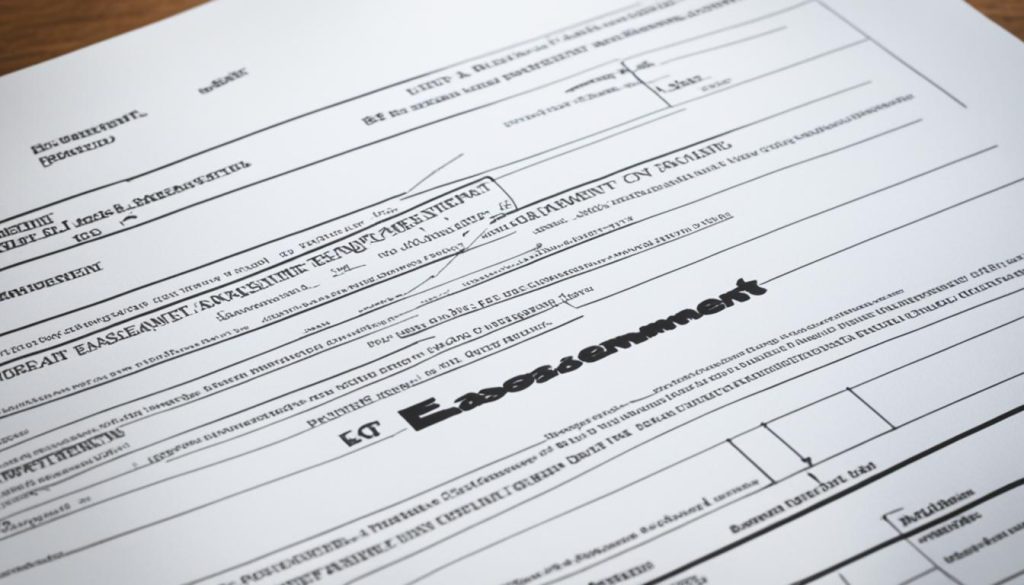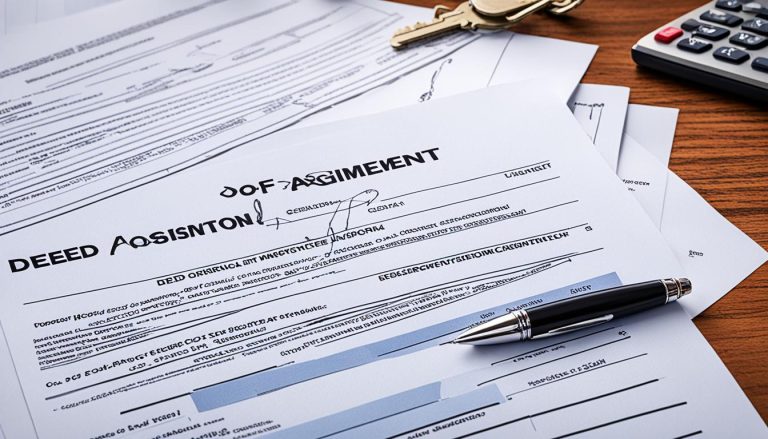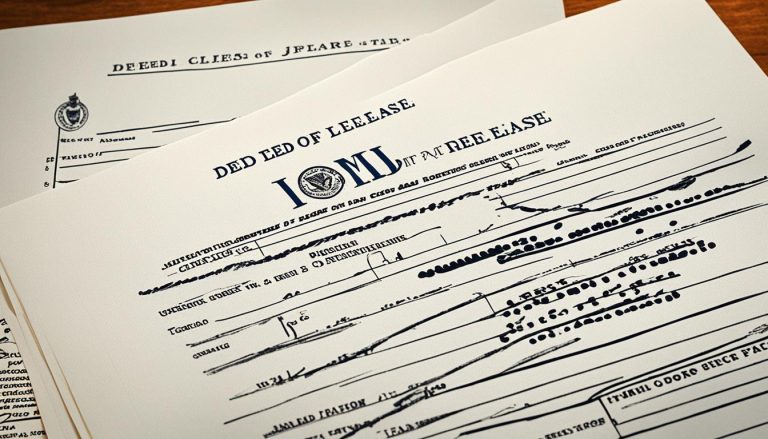A deed of easement is a legal document that grants certain rights to a landowner or developer, allowing them to access or use another person’s land in a specific way. These property rights can include accessing neighboring properties, laying utility services, or preventing certain uses of the land. It is an important legal agreement in real estate transactions and can affect land access and property ownership. The deed of easement is a binding legal agreement that specifies the rights and obligations of all parties involved.
What is a Deed of Easement and Why is it Important?
An easement is a legal right that allows a landowner to use another person’s land for specific purposes. It can be created to provide access to a property, grant utility services, or restrict certain uses of the land. Easements are important for buyers because they can impact property ownership and land access rights, as well as affect how they use and develop the land they are purchasing. Understanding easements is crucial in navigating real estate law and ensuring a smooth transaction.
Easements can be found in the deed of easement, title deeds, or property registers. Proper due diligence is essential to identify any existing easements before buying or developing a property. Buyers need to be aware of the easement agreements on the property they are interested in and understand how those easements may constrain their plans. By assessing and managing easements, buyers can make informed decisions and avoid potential legal issues.

Types of Easements and How They are Created
When it comes to easements, there are various types that can be created for different purposes. Whether you are a landowner or a developer, understanding the different types and how they are created is crucial for navigating land usage rights, property boundary rights, land surveying, and land development regulations.
Express Grant or Reservation Easements
An express grant or reservation easement is a commonly used method where the easement is specifically mentioned in a deed that transfers land ownership. This type of easement is created when the grantor or seller explicitly grants certain usage rights to the grantee or buyer. It is essential to have a clearly defined deed of easement template to properly document and protect the rights and obligations of both parties.
Implied Easements
Implied easements can arise when part of a land is sold, and certain rights are not explicitly granted but are necessary for the reasonable use of the property. These easements can be implied by the circumstances or the intentions of the parties involved. It is important to have a thorough understanding of property boundary rights and land development regulations to ensure that implied easements are properly recognized and respected.
Prescriptive Easements
Prescriptive easements can be acquired through long continuous use of another person’s land without interruption, usually for a period of 20 years. This type of easement is established when someone openly and adversely uses another’s land for a specific purpose. It is vital to understand the legal requirements and time frames for prescriptive easements, as they can impact land usage rights and property boundaries.
Easements by Necessity, Common Intention, or Implication
Easements can also be created by necessity, common intention, or implication. Easements by necessity are typically established when there is no other reasonable way to access a property. Common intention easements are created when multiple landowners share an understanding or agreement regarding the usage of their respective properties. Easements by implication arise when it is necessary to give effect to the intention of the parties involved, even if not explicitly stated in the deed. Understanding these types of easements can help navigate complex land usage scenarios and ensure compliance with land development regulations.

How to Find and Manage Easements?
To find existing easements, it is important to review the title deeds and property registers. The seller should be asked about any known easements, and searches can be conducted to ensure comprehensive due diligence.
When conducting searches, it is crucial to consult with legal professionals who have expertise in property law and easements. They can provide guidance on the specific searches required to identify any existing easements on the property in question.
Easement Search Checklist:
- Review Title Deeds and Property Registers for any mention of easements
- Ask the seller about any known easements
- Consult with legal professionals specializing in property law
- Conduct searches specific to the property’s location and local regulations
- Consider hiring a professional surveyor to identify physical markers or boundaries that may indicate the existence of an easement
The cost of obtaining a deed of easement can vary depending on factors such as complexity, legal fees, and any additional services required, such as land surveying. It is advisable to obtain quotes from different legal professionals and surveyors to compare costs and services.
The process of obtaining a deed of easement can take time and involves several steps:
- Negotiations: Parties involved need to discuss and agree on the terms of the easement, including the scope of access or usage rights. This may require negotiations between the landowner seeking the easement and the owner of the land over which the easement is sought.
- Legal Drafting: Once the terms are agreed upon, a legal professional will draft the deed of easement, ensuring that it accurately reflects the agreed-upon terms and complies with all applicable laws and regulations.
- Registration: The drafted deed of easement needs to be registered with the relevant authorities to make it legally binding and enforceable. The registration process ensures that the easement is officially recognized and recorded in the property records.
In the UK, specific regulations and laws govern easements, and it is crucial to comply with all legal requirements and obtain the necessary approvals. Failing to do so can lead to legal complications and disputes in the future.
| Factors Affecting Cost of Deed of Easement: | Estimated Cost Range: |
|---|---|
| Complexity of the easement | £500 – £2,000+ |
| Legal fees | £500 – £1,500+ |
| Additional services (e.g., land surveying) | Varies – £500+ |
Obtaining a deed of easement is a significant step in securing property rights and ensuring smooth land usage. Seeking professional guidance and conducting thorough due diligence are crucial to navigating the complexities of easement management.

Conclusion
Deeds of easement are essential legal documents that grant specific rights to landowners and developers. These rights enable them to access neighboring properties, lay utility services, or restrict certain land usages. It is crucial for property buyers and sellers to understand easements to avoid hidden restrictions or legal issues. Consulting with legal professionals and conducting thorough due diligence is essential to identify existing easements and comply with all legal requirements. Proper management of deeds of easement is vital for a smooth and successful real estate transaction.
Deeds of easement play a significant role in property ownership and land development. They provide clarity and protection for property rights, ensuring that landowners and developers can utilize their properties effectively. For property buyers, it is important to be aware of any existing easements on the land they are looking to purchase. By understanding and managing easements, buyers can make informed decisions and plan their land use accordingly.
Real estate transactions involve various legal aspects, and deeds of easement are an integral part of this process. They ensure that property owners have the necessary rights and access to their land while also respecting the rights of neighboring properties. Whether it’s granting access or protecting land usage, deeds of easement help maintain harmony and fairness in property ownership. Therefore, being knowledgeable about easements and working with legal professionals is essential when dealing with real estate.






